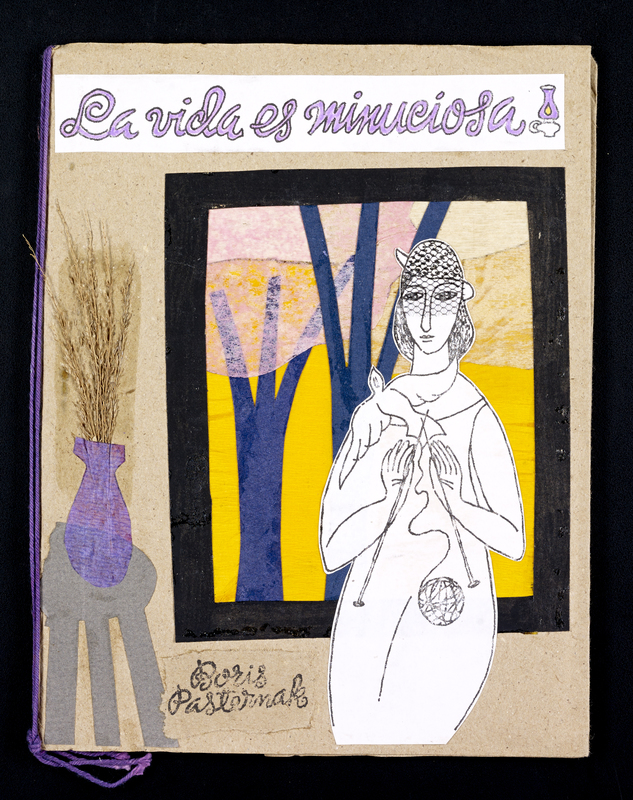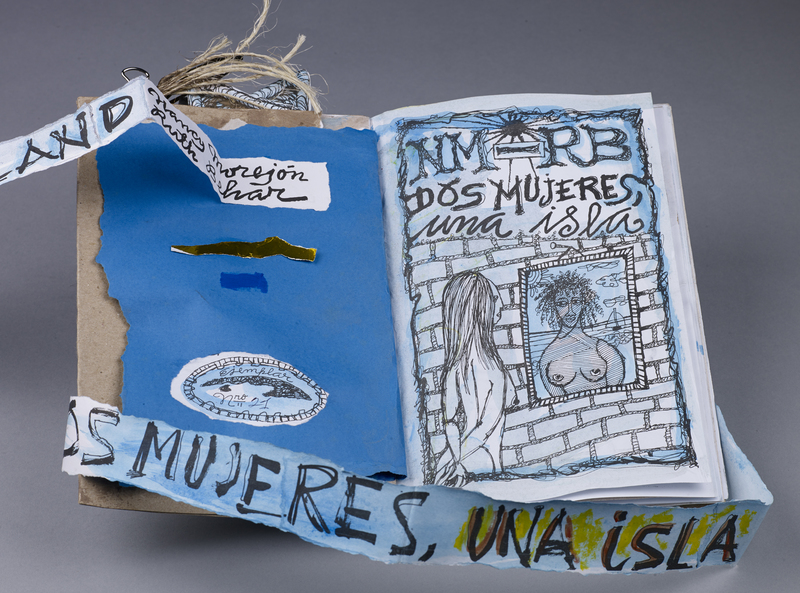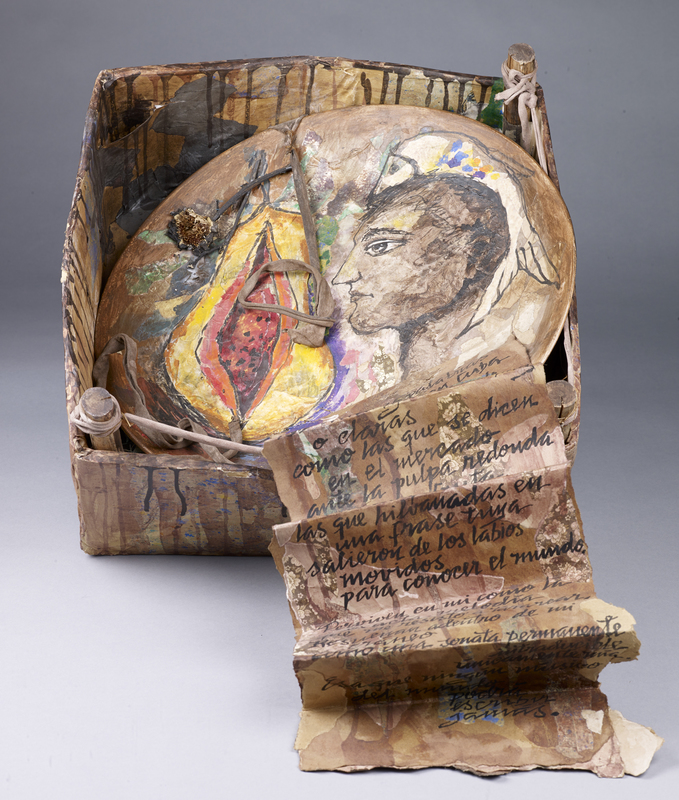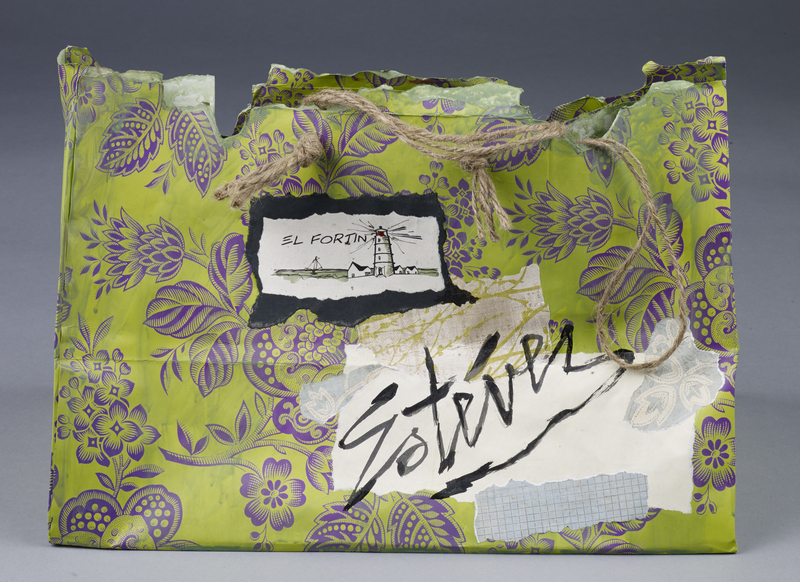About Artists' Books
An artists' book is a work of art using the form or idea of “book” as a starting point. The artist generally has complete control of the process of creation, from choice of materials and content through layout and design. A convergence of art, language, and technology, often artists' books are published in small editions, and may even be unique one-of-a-kind objects. Artists have been participants in book production since the first illuminated manuscript was created, but the artists' book is a relatively recent form of expression. Techniques used today vary from the traditional to the highly experimental.
Small presses and individual artists continue to use letterpress printing techniques and hand-binding, while others incorporate digital imagery. Book artists no longer restrict themselves to paper and ink; some may add three-dimensional objects to a book form, while others challenge the physical structure of the book altogether. From bound printed sheets to scrolls, sculptures, functional items such as furniture, or loose items in a box, these works may range from minuscule in size to gigantic, incorporate text or have no words at all, and be in any form the artist’s mind can imagine and create.
The possibilities may be limitless, but the genre is not without its complications. Compared with other 20th century art movements, there is relatively little scholarship devoted to book artistry, and there is much disagreement as to what constitutes a true artists' book. Even the term is controversial; the collecting community has yet to determine whether the description should properly be “artist’s book,” “artists' book” or “artist book.”
Regardless of any contradiction in nomenclature, the artists' book itself is a strong presence. In essence, these objects encourage the reader to reconsider the form of the book, to re-imagine the reception of text, and to recall the value of the analog format in a growing digital world. These physical items have something to say, and will not be limited by traditional ideas of form and function.

Instructional Ideas




